Ok, so products shown at the major trade shows of 2018 so far highlight where manufacturers have been concentrating their development spend, but where next? We asked a cross section of kit and consumables developers and suppliers for their considerations.
Christoph Gamper, CEO, Durst
12% of our revenue goes into R&D. When we did
customer research ahead of the P5 technology launch
earlier this year, it become clear that uptime and efficiency
are really the big issues for PSPs. With the first P5 printer
[the P5 250HS] we delivered a machine that was faster
and offered an increase in print quality over the P10 [P10
250HS] technology upon which it is based, but the focus
was really on overall productivity – workflow and handling
are really where we put our efforts.
In the last year we have spent a lot of the R&D budget
on software development – both in developing solutions
in-house and in working in partnership with other players,
because we don’t think one company can deliver it all.
We don’t want to develop our own Rip, but we do want
to be able to offer the full eco-system – from the storefront
if you like to connecting to output, with the most efficient
printer in the middle of course.
Also, we are fully aware of the Internet of Things and of
how technological development in the wider world is going
to impact on how people do business and we are looking
to build that knowledge into what we deliver. We already
have lots of data collection facilities and analytics tools
for preventative diagnostics on machines for example.
But I’ve been to Silicon Valley to see how they apply ‘deep
learning’ because we need to understand how that can be
applied to our business.
You asked too about developments in relation to
the Durst Sebring Revolution (DSR) to develop camera
systems [via a joint venture with American photographer
Steven Sebring] for the creation of 4D visual content. We
now have systems ready and are producing work in-house
and testing with customers. The end of 2018 should see
us go out with this technology, which could be a useful
differentiator for PSPs too.
In relation to development of Durst’s Water Technology,
which you also asked about, we continue to put money
into continuous development for its use with adhesive
substrates. We know it won’t replace UV but we think it
could be a good addition for PSPs.
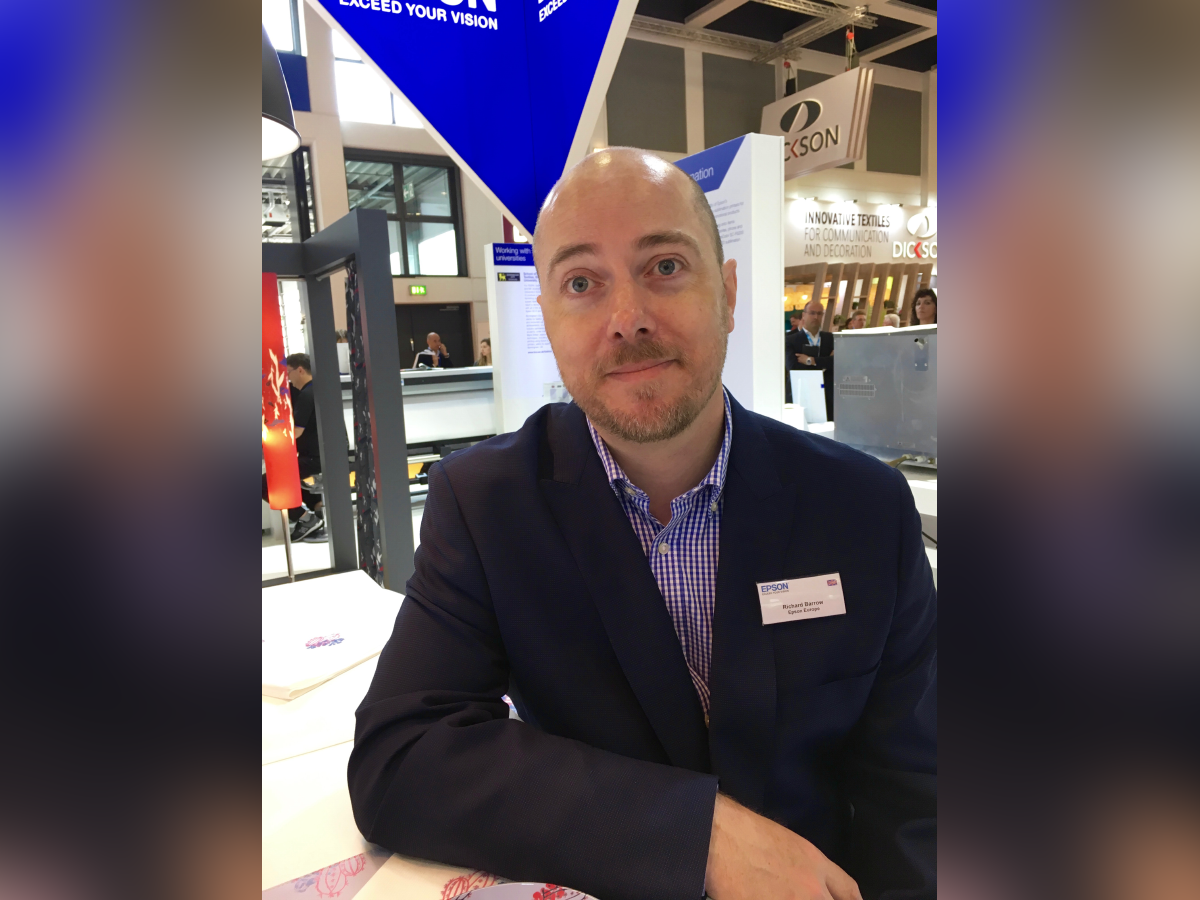
Richard Barrow, Senior prod. man. production LFP, Epson
There are three areas of R&D priority at Epson – printheads,
inks and printer chassis design.
One of the key demands of the industrial print market
– by which I mean commercial print-for-pay graphics and
print as part of a bigger industrial process – is for selfreplacement
of parts and easy access so that operators
can get machines up and running again without having to
wait for an engineer.
We’re looking at printhead development across all
our ranges, ease of use and replacement being a focus
because the number of nozzles (360/in) gives enough of
an illusion of continuous tone, so we’re there with that.
And resolution is there, so we’re at a plateau point for print
quality – and for speed where we can improve incrementally.
When it comes to getting faster speeds it’s now about ink
drying times.
In terms of ink development we’re looking at a number of
issues across all ink types – looking at rheology in particular,
but also aware of where happy coincidence might take us.
When it comes to chassis development dimensional
stability and media transport is a continual focus, and in
applications like wallpapers – where you need exact joins of
drop lengths – it is particularly important.
Overall, we are working with solutions partners on
software/workflow issues so that the chap running the
machine just has to press a button and all the relevant
settings come into play, including optimal settings for
ink etc. so that they get optimum colour gamut but don’t
waste ink.
If you start looking further ahead to the Internet of Things
we’re still low tier – I can’t think of anything that goes above
augmented reality – most of the R&D a the moment is about
practicalities like ensuring maximum up-time, maintenance,
settings etc. so, for instance, we have remote management
software that feeds back service data to a central server in
Japan, which in turn tells us in Europe that in X weeks we’ll
need to go and replace part X so that a machine doesn’t
go down. That’s on the SurePress at the moment, but it will
come to the commercial signage sector quite soon.
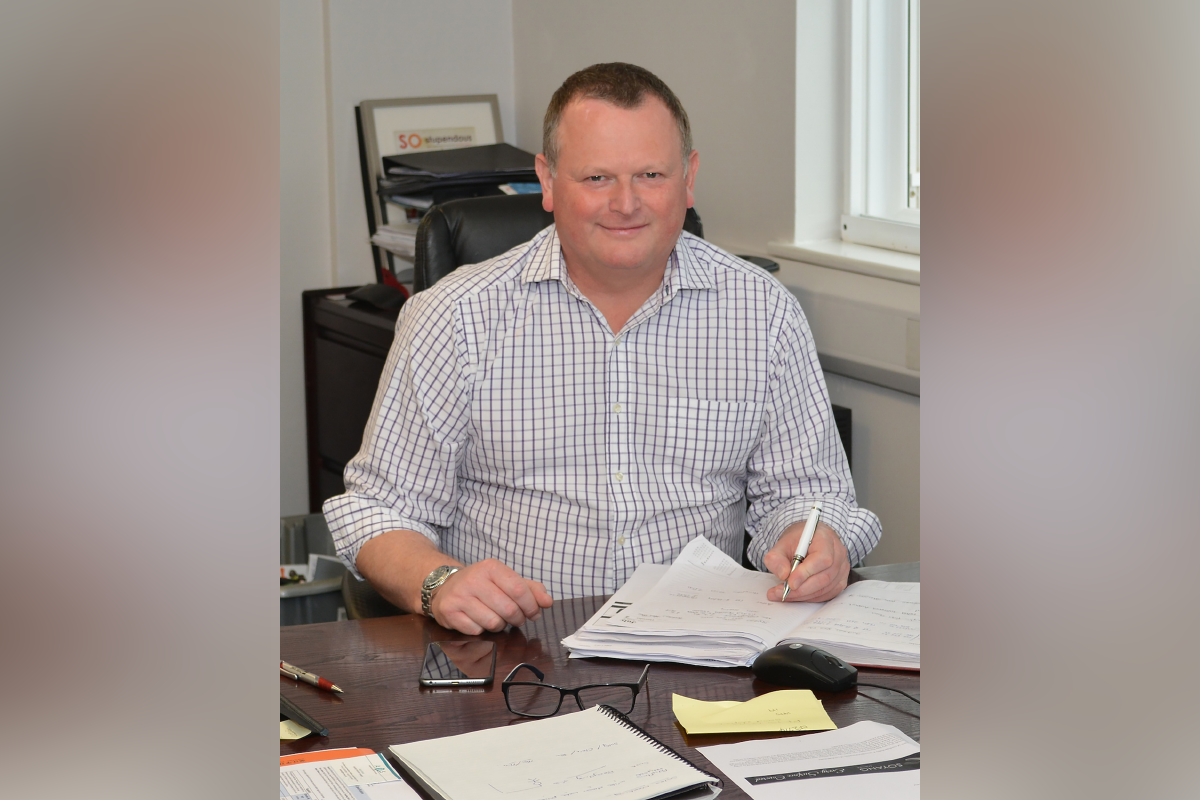
Mark Mashiter, MD, Soyang Europe
Soyang Europe is geared up to supplying the UK and Europe with wide- and grandformat
substrates, primarily sourced from its own factory and complemented by
ranges from a number of European and American manufacturers with which it
shares reciprocal distribution arrangements.
Soyang’s manufacturing is vertically integrated. The yarn is treated, knitted,
washed (to add optical whitener) and then dip or knife coated, dependent upon its
end use. The company has made significant investment in equipment to develop
a vertically integrated model, allowing us the opportunity to further advance the
product range.
Soyang continues to introduce new textiles, such as the recently launched
backlit fabrics that are specifically engineered for printing with latex and UV as
well as sublimation inks. With no light leakage and excellent crease recovery –
making shipping and installation easier than ever – they come as the result of
extensive customer-led R&D. Also, the new UV inks are a great vehicle with which
to print backlit polyester fabrics and Soyang’s manufacturing is capable of product
engineering the material to suit our customers’ requirements
We’re also focussing our R&D on an ever-expanding range of green solutions.
Products predominantly made from polypropylene yarns that offer alternatives to
PVC and banner materials made from alternative raw materials – all available up to
5m wide – can make a big impact on companies’ environmental footprints.
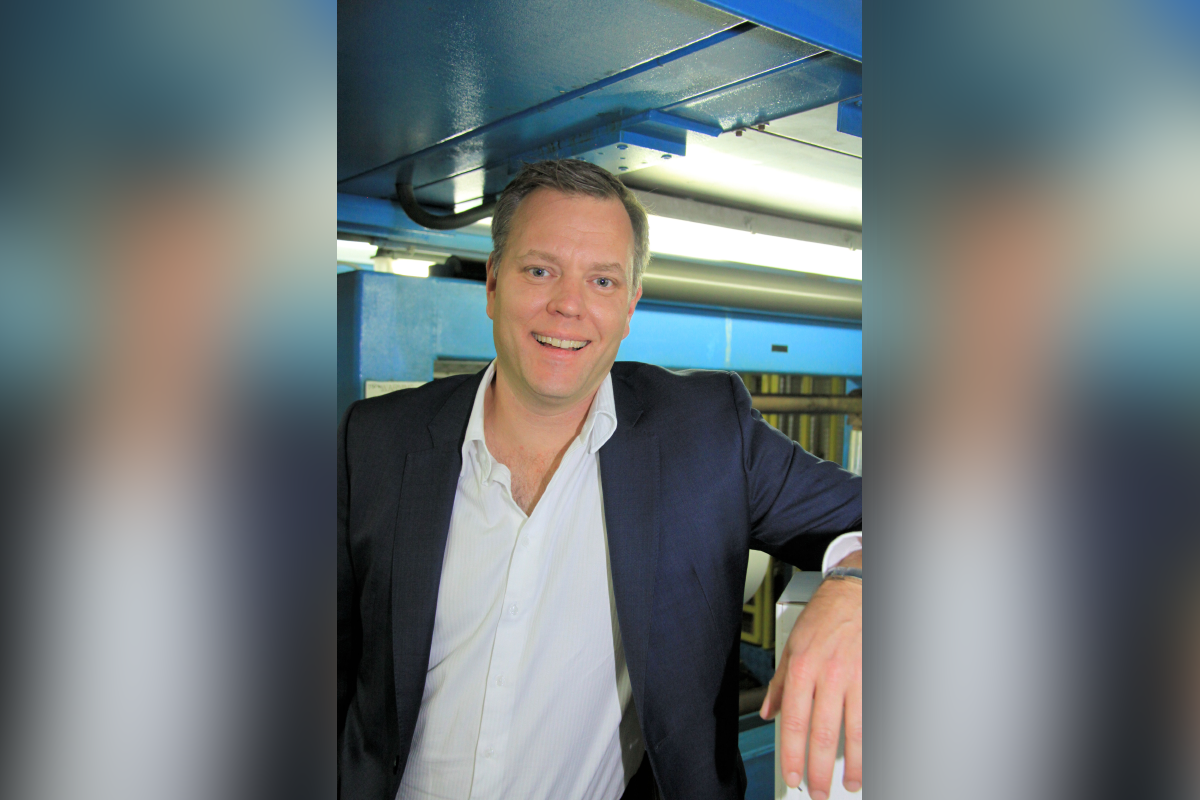
Hayden Kelley, CEO, Drytac
In terms of future R&D spend, Drytac is focusing in three key areas: user-friendly
solutions, wallcoverings, and green products.
Ease of use – and specifically application and removal – has become increasingly
important in the graphics industry. Retailers have indicated they are keen to install
and remove graphics themselves rather than outsourcing to a third party. As such,
we’re making our printable media ranges as user-friendly as possible, taking the
‘what ifs’ out of the equation. We’re working very closely with the leading printer
manufacturers to create profiles for our products to ensure they work seamlessly
with all the major printers. All the user has to do is hit ‘print’ and they can be sure
that the resulting output precisely meets their requirements.
Secondly, we see growth in wallcovering applications for interior design – within
both the home environment and retail market. We are investing in both permanent
and removable wall graphics media, with a wide variety of textures and finishes.
Again, we are focused on the ‘plug and play’ nature of such applications.
Finally, we are seeing a resurgence in demand for ‘green’ products. We are
investing in the development of new products – such as non-PVC substrates – which
are biodegradable and compostable to meet the increased demand from our
customers.
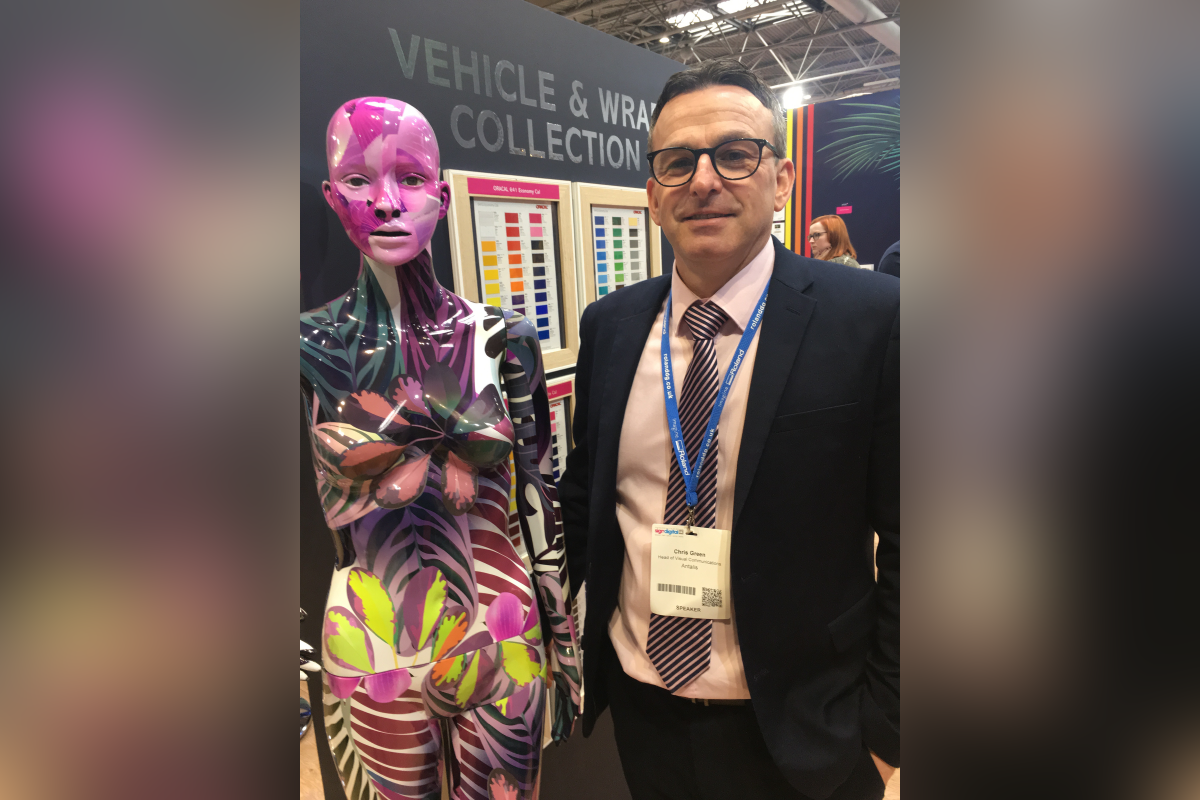
Chris Green, Head of visual communications, Antalis
We manufacture our own paper but for other media distribute for other
companies so the thing to bear in mind is that we’re at the bottom of the
R&D chain. But, it’s important that we feed up the chain what PSPs and their
customers want and where the trends are emerging.
We’re recruiting a ‘specialist’ to have these conversations with people.
The ‘Blue Planet’ series focused people’s minds on plastics and designers
and brands know they are going to have to become more environmentallyfriendly.
We’re just starting to see the impact – there aren’t swathes of people
switching to greener materials but they will. 3A has a product called Smart-X,
which is a foam PVC replacement, which is slightly more expensive but sales
are growing year-on-year, an indicator that this is a trend. And legislation will
push this ahead too. I think we’ll see manufacturers looking to put something
in their materials that makes them biodegradable for instance.
Another gap in the market where we think we’ll see more R&D is in media
for floor graphics. People are looking for longer durability and the ability to
put graphics onto different types of flooring, so I think there needs to be work
done in adhesive development.
Fire ratings too are putting media under scrutiny, especially since the
Grenfell Tower disaster, so coatings will be an issue going forward. And of
course, people are always looking for ‘bespoke’ or unusual materials.
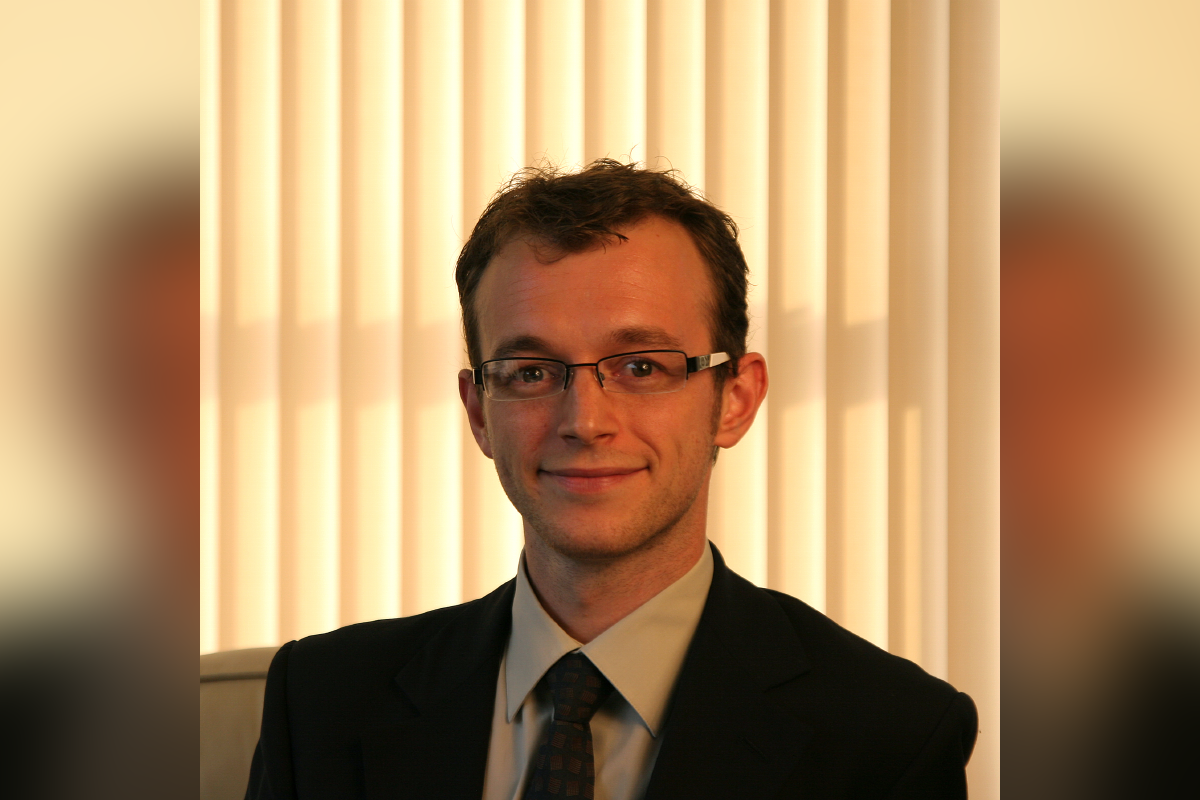
Rob Goleniowski, Head of sales UK and Ireland, Roland DG (UK)
It’s hard to say where our R&D will take us in the future. However, I can say
that signage, textiles, decor, industrial, product decoration and retail will
remain key vertical markets for Roland DG, and as demonstrated by our
showcases at both Sign and Digital UK and Fespa 2018, we don’t believe in
a one-size-fits-all approach.
“In the coming years we expect to see personalisation grow as a market
and have directed R&D resources in this area. People – both businesses
and private individuals – want things that are unique to them. To meet this
need we’ve developed solutions including the VersaUV S-Series UV-LED
flatbed and belt printers, which can print onto practically any material or
object, even very large items, and the Texart dye-sublimation range which
is perfect for textiles. VersaUV printers, including the LEF trio, even print
textures and embossed effects – a feature of which we’re really proud and
see popping up in unexpected areas. It’s our customers who really expand
our imaginations at Roland, not the other way around.



